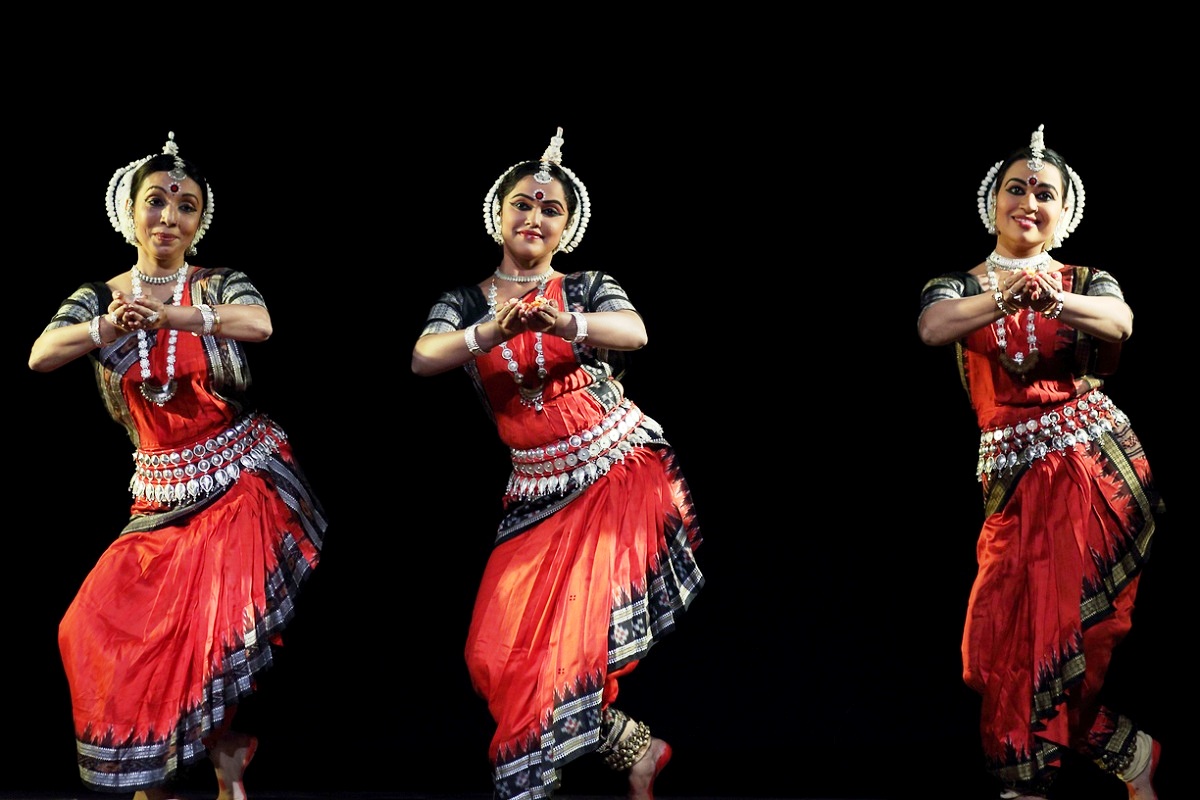An essence of glory
City dwellers were enthralled by the creative dance drama that was aesthetically executed at a soiree recently.
A dance festival organised by Shinjan Nrityalaya focused on gods and goddesses as the central theme.

(Representational Image: iStock)
Odissi dance institution Shinjan Nrityalaya’s artistic director Aloka Kanungo, in collaboration with Eastern Zonal Cultural Centre and Odia magazine, Kadambini, took viewers on a guided tour of the classical dances of India. The festival “Nritya Kovida” commenced with extensively researched choreographic presentations by renowned performers Snehaprava Samantaray from Bhubaneswar, Mumbai’s Daksha Mashruwala, and Rohini Dandavate and Niharika Mohanty from the United States.
They enriched viewers with the experience of their journeys as Odissi dancers. Present at the occasion were Gouri Basu, director, EZCC; renowned scholar and vocalist Sangita Gosain, who is also the former chief executive of Guru Kelu Charan Mohapatra Odissi Research Centre in Bhubaneswar; popular Odissi dancer and the first secretary of the Indian Embassy in Beijing, Rajashree Chintak Behera, and media personality Sadhna Srivastav.
All of them have contributed greatly towards the promotion and propagation of the performing arts, and their presence was an inspiration to young aspirants. Five of the 12 day-long-festival featured Odissi dances. Its nomenclature as a “classical dance” was made possible due to the collaborative dedication of several scholars who researched and artists who developed techniques and repertoires based on them, further propagating the form through teaching and performances.
Advertisement
Their efforts bore results when the Sangeet Natak Akademi recognised the form as a classical dance in the late 1950s, and since then, the name “Odissi” came into use. Meticulously trained dancers presented solo pieces composed and choreographed by legendary gurus and visionaries like Pankaj Charan Das, Kelucharan Mohapatra and Gangadhar Pradhan.
Some were also the compositions of Kanungo, disciple of Kelucharan Mohapatra; Ranjana Gauhar, pupil of Mayadhar Raut; Durga Charan Ranbir, student of Deba Prasad Das, and Ratikant Mohapatra, son and disciple of Kelucharan Mohapatra. It has been seven decades since Odissi came into existence, and the gurus practising the form have accomplished a lot in regards to its style.
Sculptures on the walls of heritage temples clearly indicate a tribhangi posture with dominance of chauks. The ancient tradition of Gotipuas and Maharis were also not overlooked by veterans. And what emerged as a result was a powerful means of expression with immense aesthetic potential. Art changes its course like the river, as new creations add to the wealth of a cultural form. In this event, however, a celebration of the traditional form was evident rather than experimentation.
Most dancers explored gods and goddesses as the central theme, without linking it with any contemporary ideas. Their narratives fell short in addressing the modern times and its evolving outlook. Kaustavi Sarkar’s smooth performance wafted like a gentle breeze, and was quite a deviation from others. Her piece on the goddess of learning was symbolic in connection with the modern woman, conveying that power and knowledge always go together.
Arushi Mudgal, an excellent Odissi dancer, unearthed a gem from Kelucharan Mohapatra’s choreographic works. Performing on an astapadi from Jayadeva’s Gita Govinda called Yahi Madhava Yahi Kesava, she brought out every nuance of Radha’s feelings when Krishna stood on her doorstep with telltale signs of having spent the night with another. Nivedita Daw presented an energetic abhinaya called Nachanti Range Srihari, describing Krishna as he dances with the gopis.
Ankur Ballal performed Dasa Mahavidya, a beautiful choreographic work of Kanungo about the 10 manifestations of a Hindu goddess. With a stunning stage presence, Vrinda Chadha performed Tripura Sundari, a piece on Goddess Durga. She danced to a lullaby titled Paalane Jhulave Yashoda by poet Surdas. Sabarnik De performed Moksha Nritya, dancing in ecstasy while chanting Narayani Namastute.
In an abhinaya piece called Bajuchi Sahi Bajare performed by Sripunya Mohanty, a sakhirecounts the scandalous love affair between Radha and Krishna, which became the talk of the town in Braj. Talented dancer Debasish Patnaik gave a superb rendition of Prabhu Mismanisama Sesh Gunang, a Shivastakam. Namrata Mehta performed Kishori Pallavi, a dance piece in which ragas Abhogi and Rageshree are melodiously interlinked and woven in talas Khemta and Tripata.
Interestingly, it unfolded a kind of exuberance which evolved into feminine elegance. Other performances included Anjana Moyee Saikia’s Naba Durga, Niharika Mohanty’s Bhangi Chahan, a champu by Abhipsa, Sasmita Panda’s Tava Birahe Banamali and Sumanjit Chakraborty’s dance in praise of his guru, to name a few. Supradipta Datta, Panchanan Bhuiyan, Prasanti Jena, Sruti Swayamsiddha and Aisharaya Singhdeo are equally competent dancers, ready to break new ground.
Sarita Mishra, Rudraprasad Swain, Sipra Swain and Preetisha Mohapatra are artists with great possibilities, capable of taking Odissi to new heights. Vinod Kevin’s Ardhanariswara dealt with the concept of Shiva-Parvati existing as one body. Aneesh Raghavan performed Asadhashya Prathama Divase, dealing with a theme which is as eternal as life itself. As rain sets in every year, this poem on clouds soothes and rejuvenates one’s heart. A timeless classic by Kalidasa, it reminds one that India has a lot to be thankful for when it comes to the monsoon.
(The writer is a senior dance critic)
Advertisement